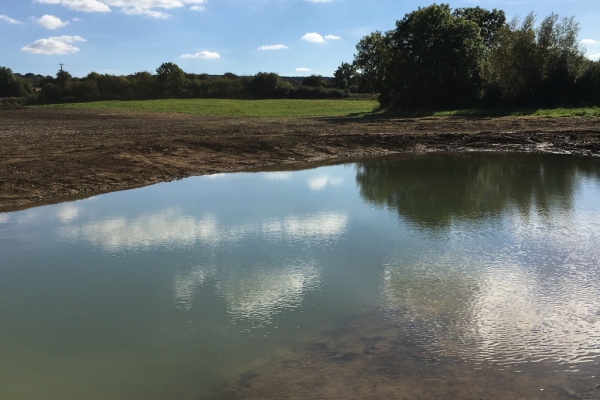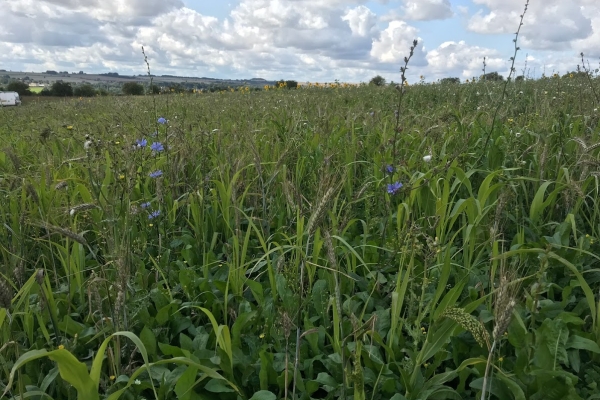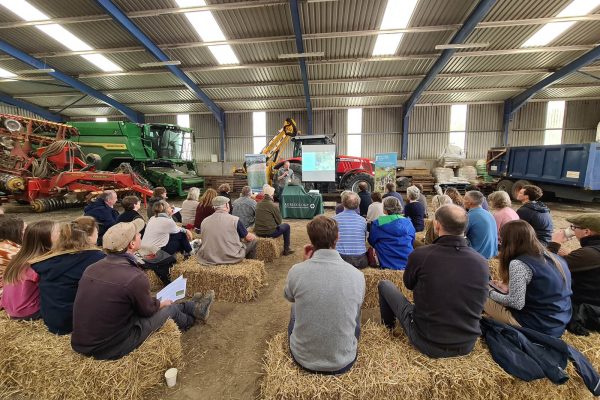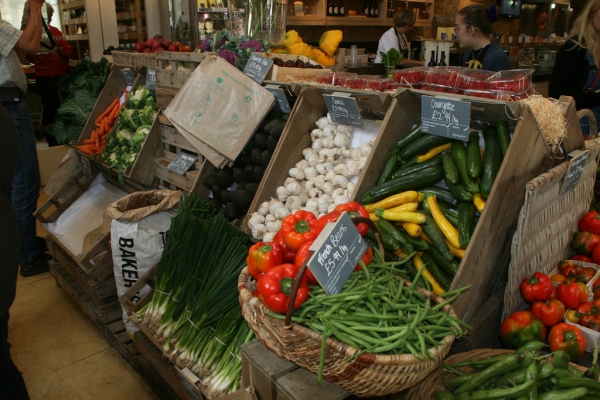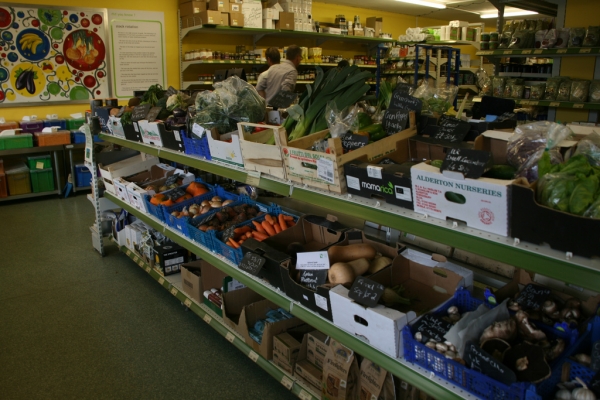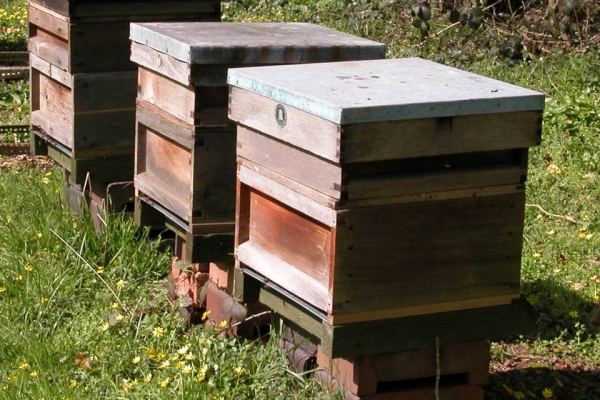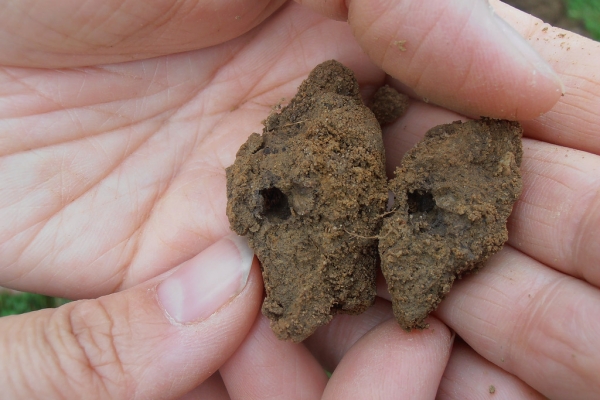Improving efficiency, profitability and sustainability through reducing farm emissions
In the general stresses that surround farming including making day-to-day business decisions, not annoying the Rural Payments Agency, looking after stock and crops, managing staff, and coping with the weather, worrying about what your carbon footprint is and how it affects your business does not seem immediately relevant!
Recent research from Defra suggests that “Many farmers recognise the importance of GHG emissions but some remain unconvinced about the business benefits of reducing emissions.” 1
So what are the business benefits of reducing emissions?
A great place to start is to look at efficiency and how your business is performing. Practical things that you may not think have anything to do with greenhouse gas (ghg) emissions (such as ration planning, minimising disease pressures and looking at crop storage and housing design), will all impact on the emissions from your farm, as well as the more obvious ones like fertiliser use and ruminant livestock.
The Farm Carbon Cutting Toolkit (FCCT) aims to provide practical tools and resources to help farmers and growers understand how to reduce emissions at the farm level. It provides not just a calculator, so that you can assess your emissions, but also a toolkit with lots of ideas on what you can do on your farm to make a difference, and is the only farmer-led organisation doing this.
The importance of soil management
I could spend this whole blog and many more talking about the importance of soil management on-farm; it underpins the entire farming system. A healthy well managed soil rich in organic matter will support productive and healthy crops and pasture, which in turn supports a profitable and resilient farming system. Looking after your soil means looking after not just your business now, but the future of your farm for generations.
When looking at soil management and the relationship with ghg emissions, there are a couple of things that are fundamentally linked. The first is soil structure. Maintaining a healthy structure in your soil with a good balance of air, water and soil particles will not just provide a good environment for your crops in terms of good root penetration, access to nutrients and drainage, but will also minimise the risk of nitrous oxide emissions (from wet compacted soils), loss of soil carbon (through the run off of soil particles) and other nutrients. A single serious erosion event can remove more calcium, magnesium and potassium than a crop uses in one year (SRUC2). Start with understanding your soil, how it works, and what you can do to optimise its performance; which means getting out a spade and digging some holes.
The second aspect of soil management that goes hand in hand with soil structure is building organic matter. This is the ‘holy grail’ for the farmer or grower, and can be a win-win solution. Soil organic matter can be built with permanent pasture (preferably of mixed species), green manures, and through using manures, composts and other sources of organic matter. Soils that are high in organic matter not only sequester carbon (which provides a positive in terms of farming and ghg emissions) but are also resilient, stable and have good structure (therefore also minimising erosion, run off and loss of other nutrients and ghg emissions).
FCCT ran a competition over this last year to find the UK ‘Soil Farmer of the Year‘ and found some amazing farmers who were inspirational in terms of their soil management. The competition will be running again this year, and be launched in December, so if you are passionate about your soils we want to hear from you.
One of our case studies features Julian Gold, who manages an 800 arable estate in Oxfordshire. He is very serious about looking after his soils, and has been working hard to reduce chemical inputs and increase soil carbon whilst maintaining profitability. He uses satellite guided tractors that only drive over a fifth of any field, minimising tractor tyre pressure and soil compaction.
Managing nutrients effectively
Effective nutrient management is one of the keys to maximising farm profitability and improving resource management. Achieving the correct balance of nutrients in soils can improve the quality and yield of crops, and this is made possible by planning. This includes making sure you integrate mineral fertiliser applications (if you choose to use them), with livestock manures and slurries, with the aim of utilising as much as possible of the nutrient content of manures and slurries and then topping-up with fertiliser. Failing to allow for nutrients in manures wastes money, can reduce crop yields and quality, and increases the risks of environmental losses (including ghg emissions, especially nitrous oxide). Each 10m3 tanker of dairy slurry could contain the equivalent of £30 – £50 worth of fertiliser (SRUC3) depending on how and when you apply it.
Applying it in an efficient way comes down to planning; knowing crop requirements, soil conditions including pH (lime is your cheapest fertiliser), the nutrient content of slurries and manures applied, how much is crop available depending on season and soil type, and the amount required. There are a variety of tools that are available to help with the planning process.
Scrutinise the efficiency of your production system
The most significant emissions associated with livestock are methane originating from enteric fermentation and nitrous oxide from manure management. In terms of methane reduction, the current advice is to work on improving the efficiency of milk or meat production through improved feed efficiency, which will benefit profit as well as reduce emissions per unit of production. Paying attention to herd (or flock) health, welfare and fertility, as well as manure storage and handling will optimise production and create associated reductions in emissions.
Improving the efficiency of field operations will also bring you savings and help hone your production system (as well as probably saving you fuel). Clive Bailye, our Soil Farmer of the Year winner this year suggests “Question why you are doing everything, what is the reason for doing the task, or applying that input, do you have to spend the money?”
Consider energy and fuel use
Conducting an energy audit can be one of those jobs that never gets done and is often put in the same pile as tax returns and dentist appointments! Reducing energy can always save costs and improve efficiency, but it requires that first step of looking at how energy flows around your farm. Dig out your electricity bill and look at where the areas are on-farm that use a lot of energy. Don’t forget to look at diesel use as well.
Gareth Williams who manages a family farm in Herefordshire completed a carbon footprint and prioritised transport efficiency as something to action. He sent his tractor drivers on fuel efficiency training courses and changed his machinery manufacturers to ensure he only used the most fuel-efficient vehicles and has saved fuel, time and money as a result.
Maximise opportunities for carbon sequestration on-farm
Much of the biomass that is present on UK farms such as hedges, woodland and permanent pasture is already sequestering carbon at very significant levels. With careful management this can be improved to maximise the rate at which carbon sequestration occurs. As an added bonus, more biomass often equates to better habitat for wildlife, particularly insects and birds. As mentioned earlier there is also big potential to sequester carbon in farm soils, through building organic matter and reducing tillage.
The Farm Carbon Cutting Toolkit houses a wealth of resources on these issues and provides in-depth practical advice for all types of farms.
Becky Willson works as a project officer for the Farm Carbon Cutting Toolkit and as a technical specialist in resource management for Duchy College. She also runs a community farm in west Devon and has this year been awarded a Nuffield Scholarship looking at how to communicate carbon reduction schemes to farmers.
1 Defra Agricultural Statistics and Climate Change, 7th Edition, August 2016
2 SRUC Farming for a Better Climate, Improving Soil Quality Practical Guide
3 SRUC, Farming for a Better Climate, Making the Best Use of Nutrients








